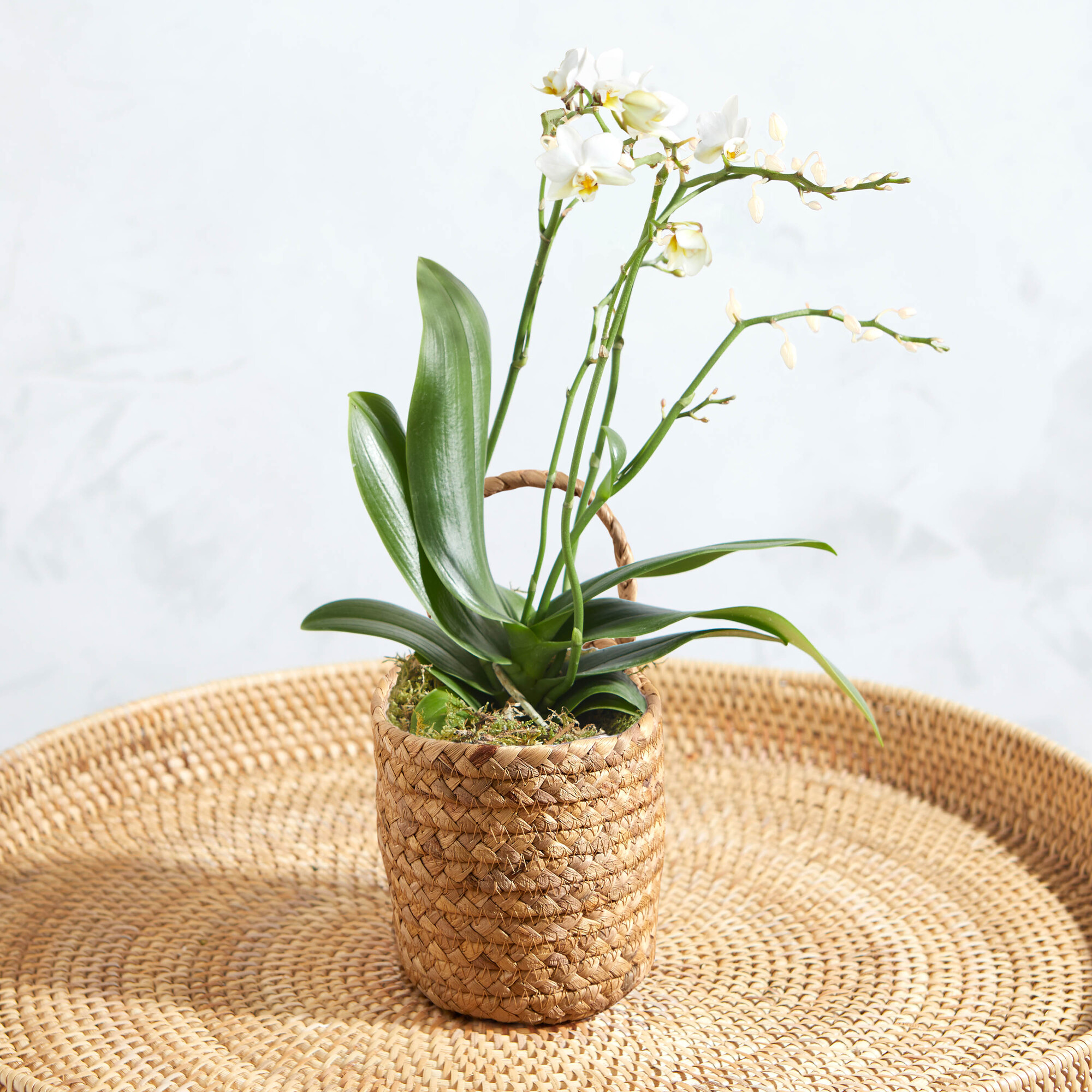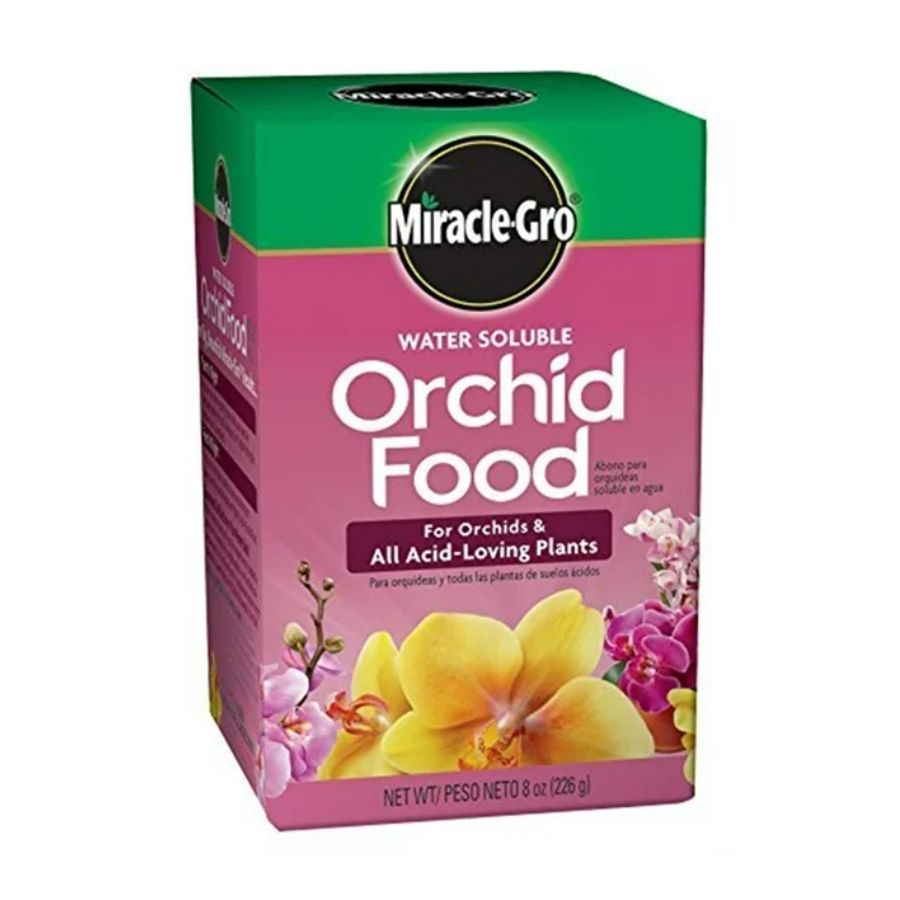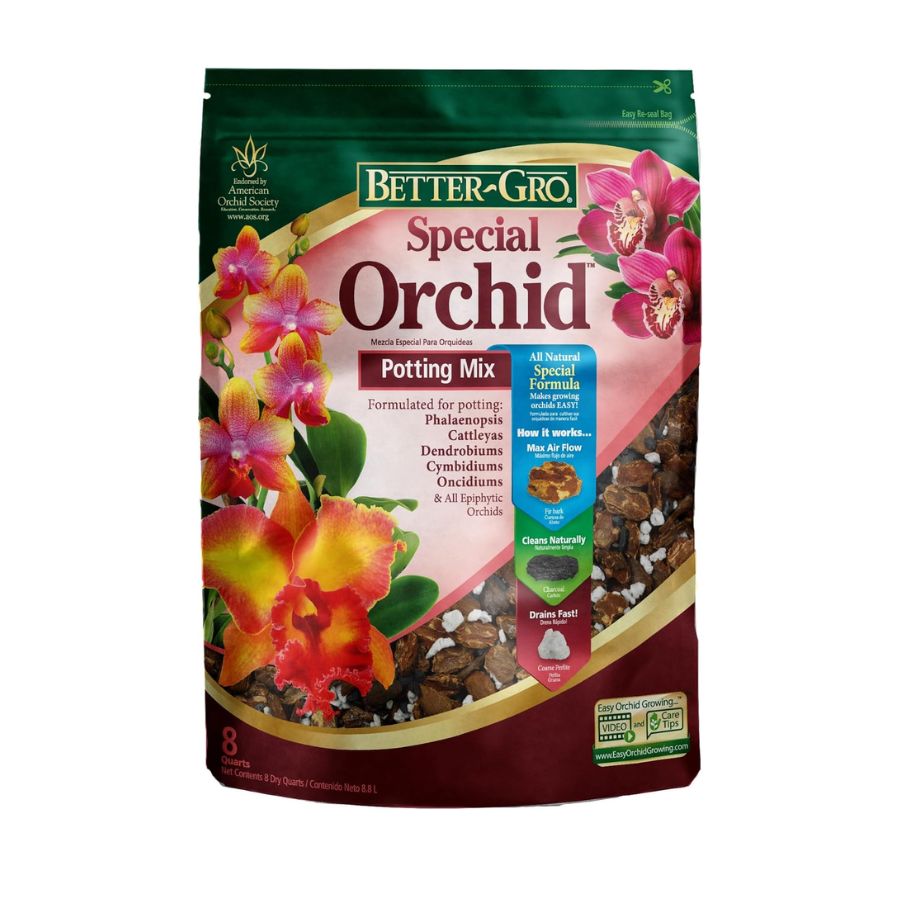7 Things you Should Never do With an Orchid — Where You're Going Wrong With This Delicate Houseplant
If you're trying to give your orchid the best care, these are the things plant experts warn never to do


Orchids are exquisite and delicate plants that require specific care to thrive. But a flowering orchid isn't necessarily a sign that it's thriving, and sometimes an orchid goes through cycles of being in and out of bloom, depending on the species and the time of year.
Looking after an orchid isn't the easiest of challenges. It's one of the best-loved and most popular houseplants, but it can be temperamental, requiring fussy conditions. Here are some things you should never do with an orchid to help it thrive.
1. Overwatering

Overwatering is a common problem that houseplant owners encounter. 'They are a flower that is susceptible to root rot, so it's crucial not to overwater them,' explains professional gardener Zahid Adnan of The Plant Bible. 'Ensure proper drainage in the pot and allow the top layer of the growing medium to dry out between waterings.'
In terms of timelines, watering once a week will suffice, but don't go overboard and overwater. Care for your orchid by adding extra water in the summer months as it's likely the water will dry out quicker. 'Thoroughly water until it runs freely from the drainage holes, then tip out any excess from the decorative outer container,' says Lina Cowley, master botanist at Trimmed Roots.
2. Ignoring light requirements

Orchids have specific light needs, so ignoring light requirements can be problematic. 'Placing them in direct sunlight for prolonged periods can lead to scorched leaves, while inadequate light may hinder their flowering,' says Zahid. 'Find the right balance based on the orchid species.'
Orchids will typically require around six hours of light a day, and providing more light makes an orchid grow faster and achieve its flowering potential. If an orchid is lacking light, it might hinder its chances of blooming.
If you are wondering if you are giving your orchid too much or too little light, the leaf color is a clear indicator. You don't want your orchid's leaves to look too dark and waxy, and actually a medium green is a better sign that it's receiving enough light to burst into flower. Give your orchid the best chance with a south or east-facing window. Alternatively, cultivating orchids under artificial light can also help - so look into buying a fluorescent tube to give your orchids a helping hand.
The Livingetc newsletters are your inside source for what’s shaping interiors now - and what’s next. Discover trend forecasts, smart style ideas, and curated shopping inspiration that brings design to life. Subscribe today and stay ahead of the curve.
3. Using the wrong potting mix

Take care not to use the wrong potting mix too. Your orchid will be most happy in an airy growing mix that drains quickly and doesn't hold the moisture. You can buy packaged orchid mix that contains chunks of bark so plenty of air pockets for roots to grow.
'You can also create a custom blend by mixing two parts coconut coir or fiber, two parts medium fir bark, one part perlite, and one part charcoal,' says Lina. You can also include eggshell for indoor plants as a soil supplement to assist them in getting the calcium they need.
'Be wary that using regular soil can lead to waterlogged roots, causing harm to the plant,' says Zahid.
4. Neglecting humidity levels

Neglecting humidity levels is another mistake orchid owners can also encounter so look into how to get the humidity level right. 'Orchids generally prefer higher humidity levels,' points out Zahid. 'Avoid placing them in environments with extremely low humidity as it can lead to dry and stressed plants.'
This is because orchids originate from the tropics, and thrive in humid environments. Most homeowners won't live in a region with natural humidity, instead, our homes tend to be dry.
'Consider using a humidifier or placing a tray of water near the orchids,' recommends Zahid. If you're struggling to figure out your orchid's humidity levels, keep your eyes peeled for wrinkled leaves.
5. Overcrowding

Orchids need space for proper air circulation around their roots. Avoid overcrowding them in a pot, as this can lead to increased humidity around the roots and potential fungal issues.
'One top tip to boost growth is to consider dividing large plants into smaller pots to stimulate new root and shoot development,' says Lina. 'Use a sterile cutting tool to slice through rhizomes and re-pot the divisions.'
6. Excessive fertilizer

Fertilizing excessively is a mistake typically made by houseplant owners looking after orchids and too little fertilizer is certainly better than too much when it comes to orchids.
'While fertilizing is essential, overdoing it can be harmful,' says Zahid. 'Follow a balanced fertilizing schedule and dilute the fertilizer to avoid burning the orchid's roots.'
Feeding your orchid with a balanced liquid fertilizer provides the right nutrients it needs for new growth, just remember to reduce applications in winter, another mistake frequently made by orchid owners.
When fertilizing, also make sure that the potting medium is moist before applying the fertilizer. If it is dry, it can end up burning the roots, so water first then follow with the fertilizer solution.
Applying a dilute, quarter-strength fertilizer with every water, rather than a full dose once a month will help your orchids to bloom.
Alternatively, fertilize houseplants naturally with items like coffee grounds - high in acidity and caffeine, or banana peels - high in potassium.
7. Cold drafts

Finally, keep those cold drafts at bay. 'Orchids are sensitive to temperature changes,' says Zahid. Being tropical plants, they won't react well to sudden change or plummetiing temperatures. 'Avoid placing them in areas with cold drafts like windows, as this can lead to temperature stress and damage the delicate blooms.'
To safeguard your orchid from the cold, close blinds and keep them away from windows (but crucially, still near the light source). Even a living room window treatment like sheer fabric might make all the difference.
Keep your orchids happy with these three buys

Former content editor at Livingetc.com, Oonagh is an expert at spotting the interior trends that are making waves in the design world. She has written a mix of everything from home tours to news, long-form features to design idea pieces, as well as having frequently been featured in the monthly print magazine. She is the go-to for design advice in the home. Previously, she worked on a London property title, producing long-read interiors features, style pages and conducting interviews with a range of famous faces from the UK interiors scene, from Kit Kemp to Robert Kime. In doing so, she has developed a keen interest in London's historical architecture and the city's distinct tastemakers paving the way in the world of interiors.


